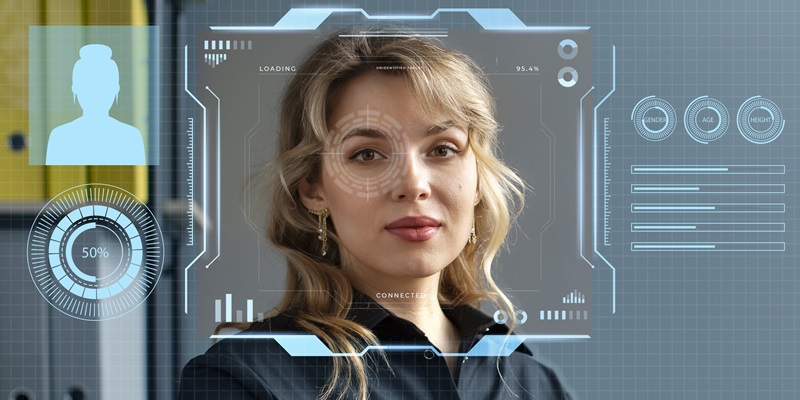Like most new tools, artificial intelligence (AI) comes with a learning curve. As AI technology continues to evolve, it has found its way into various aspects of our lives, including the workplace. However, the adoption of AI in hiring processes has raised concerns about potential bias and discrimination. In a recent settlement, a company paid a hefty sum for alleged AI hiring bias, highlighting the need to address such issues. This article delves into the implications of AI in the workplace, including personal experiences of job applicants, lawsuits filed, court rulings, and the guidance offered by federal agencies.
Addressing Alleged AI Hiring Bias
A groundbreaking case recently unfolded, where a company settled for $365,000 over alleged AI hiring bias. The settlement was reached with a group of applicants who claimed they were not hired due to age discrimination. This settlement could potentially set a precedent for addressing similar issues in the future and emphasizes the importance of ensuring fairness and equality in AI-based hiring practices.
Personal experience of job applicant
One such job applicant, Mr. Mobley, shared his personal experience. Over the past few years, he applied to numerous companies that utilized Workday as a screening tool during the hiring process. Despite his qualifications, he claimed to have been denied employment each time. Mobley went on to file a lawsuit against Workday, alleging discrimination based on race, age, and disability, in violation of Title VII, the ADEA, and the ADA.
Court ruling on motion to dismiss
In response to Mobley’s lawsuit, the court granted Workday’s motion to dismiss. However, the court did allow Mobley to amend his complaint. The court’s decision raised important questions about the burden of proof in such cases and the disclosure of protected traits during the application process.
The importance of disclosing protected traits
The court concluded that Mobley did not sufficiently allege that he disclosed any of his protected traits to Workday, nor did Workday have knowledge of or suspect these traits. Without this crucial information, it was difficult to ascertain whether Mobley was not hired due to his protected characteristics or some valid business reason. The court emphasized the necessity of disclosure for the proper evaluation of discrimination claims arising from AI-based screening tools.
Anticipating future legislation
In the months and years to come, it is expected that we will witness the introduction of more AI legislation addressing hiring bias and other workplace concerns. The case of alleged AI hiring bias has shed light on the importance of fair and non-discriminatory practices to ensure equal opportunities for all job applicants.
Guidance from federal agencies
While awaiting comprehensive legislation, federal agencies like the Equal Employment Opportunity Commission (EEOC) and the Department of Justice (DOJ) have provided valuable guidance on using AI in the workplace. These guidelines aim to prevent discrimination and bias by offering practical recommendations to employers.
Recommendations for addressing hiring bias
The recommended practices include removing questions that prompt for data about protected classes, conducting regular audits on algorithms to detect and rectify biases, allowing candidates to opt out of AI-based screening methods, and ensuring that AI tools only measure abilities necessary for the job. Implementing these guidelines will help establish better practices in the use of AI in hiring processes, leading to fairer and more inclusive employment opportunities.
Artificial intelligence has the potential to revolutionize many aspects of our lives, including the way we conduct hiring processes. However, with this new technology comes a learning curve and the need to address potential biases and discrimination. The recent case of alleged AI hiring bias serves as a reminder that vigilance is necessary to ensure equality in the workplace. As we move forward, it is crucial to strike a balance between technological advancements and creating an inclusive and fair working environment for all. By adhering to the guidance provided by federal agencies and embracing best practices, we can mitigate bias, promote diversity, and harness the true potential of AI in the workplace.

